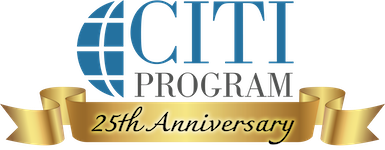This course provides a comprehensive introduction to biosafety for new biosafety officers and other environmental health and safety professionals. It includes a variety of important topics from across the Biosafety and Biosecurity series.
Language Availability: English
Suggested Audiences: Biosafety Officers, Environmental Health and Safety Professionals, Researchers
Organizational Subscription Price: Included in Biosafety and Biosecurity series, available as part of an organizational subscription package or for $675 per year/per site as a subscription add-on for government and non-profit organizations; $750 per year/per site as a subscription add-on for for-profit organizations
Independent Learner Price: $249 per person

